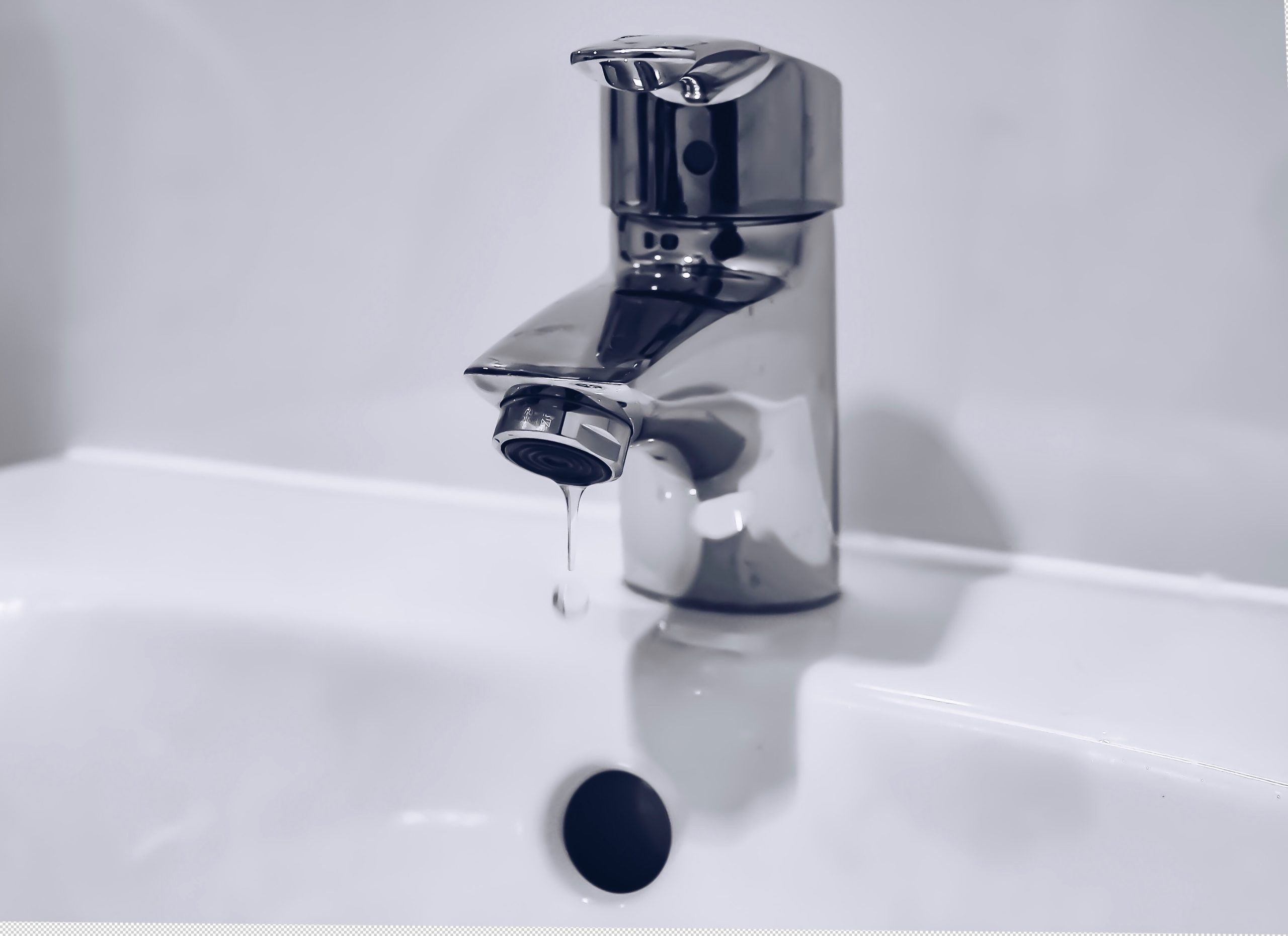
Family-Friendly Kitchen: 6 Ways to Make It Toxin-Free

A healthy, balanced diet is of paramount importance for your family’s overall well-being. And a big part of that is about using fresh ingredients, which primarily means eliminating processed foods full of chemicals and toxins.
However, if you really want to promote a healthy lifestyle, you should make sure your food is prepared in a clean and toxin-free environment as well. Inevitably, that means revisiting your kitchen and getting rid of the worst offenders lurking around in disguise. Here are some effective ways to make your kitchen eco-friendly and toxin-free.
1. Eliminate Harmful Cleaning Products
Did you know your regular dish soap contains phthalates, the chemical compounds known as endocrine disruptors, meaning they can compromise the immune system, the metabolism, and various processes in your body?
Don’t be surprised if you read the label and find no trace of them – they’re cleverly smuggled under the “fragrance” category. And that’s just a single harmful ingredient. A number of other compounds you don’t want near your family can be found in your common kitchen cleaning products.
The best way out of this is either opting for safer, green brands or making your own products using vinegar, baking soda, washing soda, citric acid, and essential oils.
2. Inspect Your Cookware

Check your cupboards for aluminum and non-stick cookware.
As practical as aluminum is (because it’s lightweight and heats evenly), there’s a dark side to it. Namely, small amounts of this metal can leach into your food and contaminate it. Being a known neurotoxin, and frequently linked with Alzheimer’s disease, aluminum should be avoided in the kitchen, despite claims that new technologies have made it safer.
The same applies to poly-fluorochemicals (PFCs), that are used to make grease and stain repellent coatings. These can be found in non-stick cookware, such as pans and pie tins, and they release toxic fumes when overheated.
Instead of that, use stainless steel and cast iron which are practical and safe alternatives.
3. Get Rid of Plastic Items
There’s no need to repeat how bad plastic is for our environment, but it’s a good idea to mention it’s also harmful to your health.
Namely, some potentially toxic chemicals found in plastic products can seep into your food. BPA, for example, can have harmful effects on the brain and prostate gland of fetuses, infants, and children.
So, ditch plastic bottles, utensils, and cutting boards.
Glass, bamboo, and wood are safer both for your health and the environment.
If you’re worried about the hygiene of your wood cutting board, you should know that bacteria simply sink beneath the surface and fail to multiply. As wood is a natural material, it tends to bend, but don’t let this make you switch to plastic alternatives, as there are ways to straighten out your cutting board and prevent it from warping again.
4. Filter Your Water

Tap water isn’t always the safest option, because there’s always a risk of it being contaminated with different chemicals. For example, research says that approximately 18 million people in the U.S. are at risk of drinking lead-contaminated water.
In order to stay on the safe side, filter your tap water not only when you want to drink it but also when you use it for cooking.
5. Be Careful With Your Leftovers
It’s true you should be eco-friendly and save excess food for the next meal, but you should be careful with how you store it. It’s best to use sealable containers that will keep the food fresh and tasty, as well as prevent bacteria from growing.
Put the leftovers in the fridge and make sure you know what foods aren’t suitable for reheating. For example, mushrooms, rice, chicken, and seafood are on this list.
6. Avoid Disposable Coffee Cups

A cup of coffee is many people’s favorite morning ritual. But, it can be a bad habit if you take your coffee to go in disposable cups. These aren’t a good idea both for your health and the environment, not to mention the budget. Instead of BPA-containing cups, switch to reusable, stainless steel coffee cups, which are also dishwasher-safe.
These simple tips can help you transform your kitchen into a safe, green oasis and help you ensure that your family is safe from the most common toxins.
Author Bio: Holly Schaeffer is a long-time writer focusing on health, lifestyle, and home improvement. Originally from New Jersey, she moved to California to pursue a degree in creative writing. She now spends her days split between writing and raising her two young sons.



Post a comment